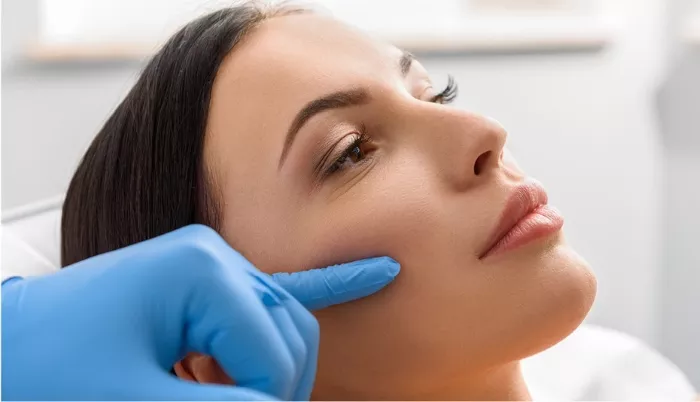Facial asymmetry is common—most people have slight differences between the left and right sides of their face. However, when the imbalance is noticeable, it can affect confidence. Dermal fillers offer a non-surgical solution to restore balance and enhance natural beauty.
What Causes Facial Asymmetry?
Facial asymmetry can result from genetics, aging, injury, or lifestyle habits. Common causes include:
Bone structure differences – Some people are born with uneven jawlines or cheekbones.
Muscle imbalances – Overusing one side (like chewing more on the left) can cause asymmetry.
Volume loss – Aging leads to fat and collagen depletion, making one side sag more.
Medical conditions – Bell’s palsy or stroke can weaken facial muscles.
Understanding the cause helps determine the best filler treatment.
How Dermal Fillers Restore Facial Balance
Dermal fillers are gel-like substances injected beneath the skin to add volume, lift sagging areas, and smooth wrinkles. They are made of hyaluronic acid (HA), a natural substance that attracts moisture for a plump look.
Common Fillers Used for Asymmetry
Juvederm – Smooths deep folds and adds cheek volume.
Restylane – Great for lips and under-eye hollows.
Sculptra – Stimulates collagen for long-term improvement.
Radiesse – Provides structural support for jawlines.
Treatment Areas for Facial Symmetry
Cheeks – Fillers restore lost volume for even contours.
Jawline – Corrects uneven bone structure.
Lips – Balances uneven lip shape or size.
Under Eyes – Reduces hollows that create shadows.
Chin – Improves projection for better facial harmony.
What to Expect During the Procedure
A filler treatment is quick, usually taking 30–60 minutes. Here’s the process:
Consultation – The provider examines your face and discusses goals.
Numbing – A topical anesthetic minimizes discomfort.
Injection – The filler is carefully placed in targeted areas.
Massaging – The provider shapes the filler for a smooth result.
Most people see immediate improvement, with full results in a few days.
How Long Do Fillers Last?
Results vary based on the filler type and metabolism:
HA Fillers (Juvederm, Restylane) – 6 to 18 months.
Sculptra – Up to 2 years (builds collagen over time).
Radiesse – 12 to 18 months.
Maintenance treatments help keep symmetry over time.
Risks and Side Effects
Fillers are safe but may cause:
Swelling or bruising – Usually fades in a few days.
Lumps – Rare, but massaging helps smooth them.
Allergic reactions – Extremely uncommon with HA fillers.
Choosing an experienced injector reduces risks.
Are Fillers Better Than Surgery?
Fillers offer advantages over surgical options like implants:
No downtime – Resume normal activities immediately.
Reversible – HA fillers can be dissolved if needed.
Natural-looking – Gradual enhancement without drastic changes.
However, severe asymmetry may still require surgical correction.
Aftercare Tips for Best Results
- Avoid touching the treated area for 6 hours.
- Sleep on your back for the first two nights.
- Skip intense workouts for 24–48 hours.
- Use arnica gel to reduce bruising.
Who Is a Good Candidate?
Ideal candidates:
- Have mild to moderate asymmetry.
- Want a non-permanent solution.
- Are in good health with no allergies to filler ingredients.
A consultation with a dermatologist or cosmetic doctor ensures suitability.
Cost of Dermal Fillers for Asymmetry
Prices vary by location and provider:
Per syringe – 1,200 (average).
Full correction – May require multiple syringes.
While not cheap, many find the confidence boost worth the investment.
Conclusion
Dermal fillers are a safe, effective way to correct facial asymmetry with minimal downtime. Whether from aging, genetics, or injury, customized filler treatments can restore harmony and boost confidence. Consulting a skilled provider ensures natural-looking results tailored to your face.
For those seeking a non-surgical fix, fillers offer a flexible, reversible solution to achieve a more symmetrical appearance.
Related topics:
What is facial contouring surgery?


